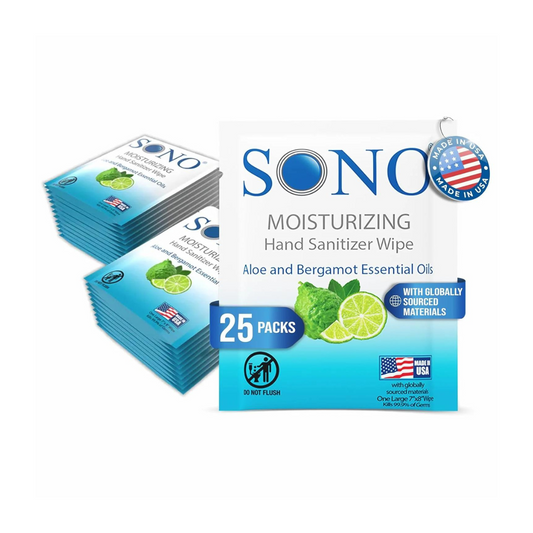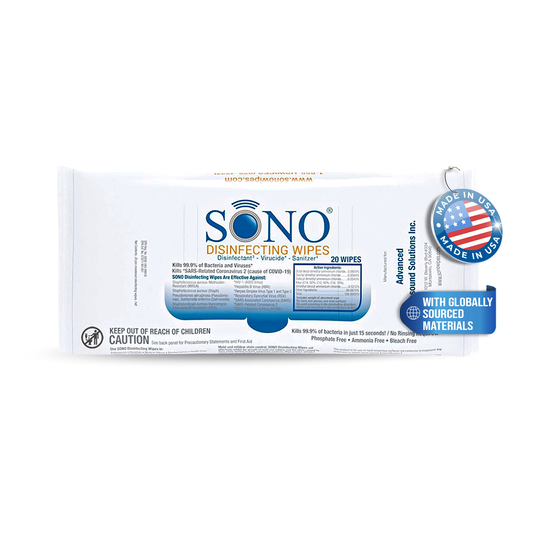Preventing Monkeypox: Best Practices
As Monkeypox continues to spread globally, prevention is the most effective strategy for reducing your risk of infection. While Monkeypox transmission methods are known, simple yet effective practices can help safeguard yourself and others from contracting the virus. In this post, we’ll focus on the best practices for Monkeypox prevention, backed by expert guidance.
1. Avoid Close Contact with Infected Individuals
The primary mode of transmission for Monkeypox is through direct contact with the lesions, bodily fluids, or respiratory droplets of an infected person. Preventing exposure is your first line of defense.
- No Direct Contact: If someone in your household or community is known to have Monkeypox, avoid any physical contact with them, particularly with their skin, rash, or clothing.
- Quarantine for Infected Individuals: Isolating infected individuals helps limit the spread of the virus. They should remain in isolation until all lesions have healed, and the scabs have fallen off.
2. Practice Good Hygiene
Regular hand hygiene is one of the simplest and most effective ways to prevent the transmission of Monkeypox.
- Frequent Handwashing: Wash your hands frequently with soap and water, especially after coming into contact with potentially contaminated surfaces or people.
- Hand Sanitizer: When soap and water are unavailable, use an alcohol-based hand sanitizer containing at least 60% alcohol to kill potential pathogens on your hands.
Knowing the symptoms of Monkeypox is key to early detection. Learn more in our post on "Monkeypox Symptoms: What to Watch For"
3. Use Personal Protective Equipment (PPE)
For healthcare workers, caregivers, and anyone living with an infected person, wearing PPE is crucial.
- Masks and Gloves: Wear masks and gloves when caring for someone infected with Monkeypox to avoid direct contact with the virus. Gloves should be discarded immediately after use, and hands should be washed thoroughly afterward.
- Eye Protection: If there’s a risk of exposure to respiratory droplets or contaminated fluids, wear eye protection (such as goggles or face shields) to minimize the risk of the virus entering through the mucous membranes of the eyes.
4. Disinfect Surfaces Regularly
Since Monkeypox can survive on surfaces for extended periods, regular disinfection of frequently touched surfaces is essential in preventing the virus from spreading.
- Surface Disinfection: Clean and disinfect surfaces that may have been in contact with an infected person or their belongings. Focus on high-touch areas such as door handles, countertops, and bathroom fixtures.
- Use Approved Disinfectants: Use EPA-registered disinfectants that are effective against viruses similar to Monkeypox, like SONO Wipes, which can be used in healthcare settings, homes, and public spaces to kill viruses on surfaces.
To find the best cleaning products for preventing Monkeypox, see our detailed guide on "What Cleaning Supplies to Use for Monkeypox"
5. Avoid Contact with Animals in Endemic Areas
Monkeypox is a zoonotic virus, meaning it can spread from animals to humans. People in or traveling to endemic regions (primarily Central and West Africa) should take extra precautions.
- Avoid Wild Animals: Refrain from handling or coming into contact with wild animals, particularly rodents and primates, which are known carriers of the virus.
- Cook Meat Thoroughly: If you consume animal products in endemic regions, ensure that all meats are cooked thoroughly to prevent potential transmission from infected animals.
6. Consider Vaccination
Vaccination remains an important tool in preventing the spread of Monkeypox, particularly for those in high-risk populations.
- Vaccines for At-Risk Individuals: The smallpox vaccine has shown efficacy in preventing Monkeypox. If you are in a high-risk group (such as healthcare workers or individuals living in areas with outbreaks), speak to your healthcare provider about the possibility of receiving the vaccine.
- Post-Exposure Prophylaxis: If you’ve been exposed to someone with Monkeypox, receiving a vaccine within four days of exposure may prevent or lessen the severity of the disease.
7. Monitor for Symptoms
Even with the best preventive practices, it’s still important to monitor yourself for early signs of Monkeypox, particularly if you have been exposed to a potential carrier.
- Self-Isolation: If you start to show symptoms such as fever, headache, muscle aches, or the characteristic rash, self-isolate immediately and seek medical advice. Early detection and isolation can help stop the virus from spreading further.
Preventing Monkeypox requires a combination of avoiding exposure, practicing good hygiene, wearing appropriate protective gear, and regularly disinfecting surfaces. By implementing these best practices, you can significantly reduce your risk of infection and help prevent the spread of Monkeypox in your community. Staying vigilant and informed remains key to staying safe during this global outbreak.





